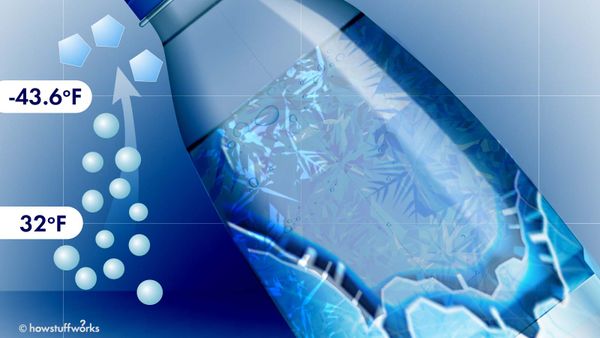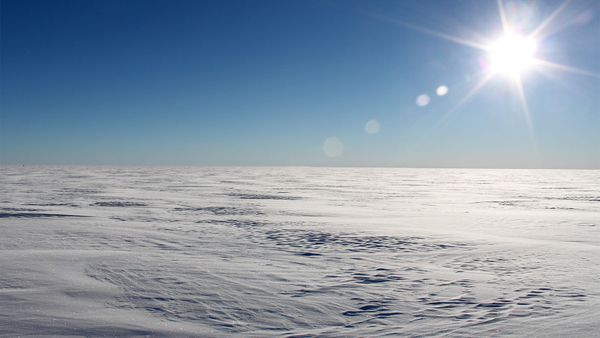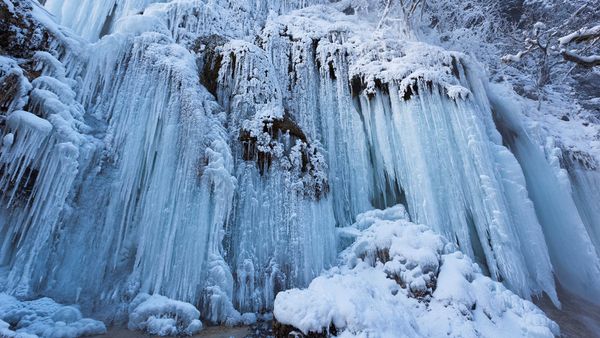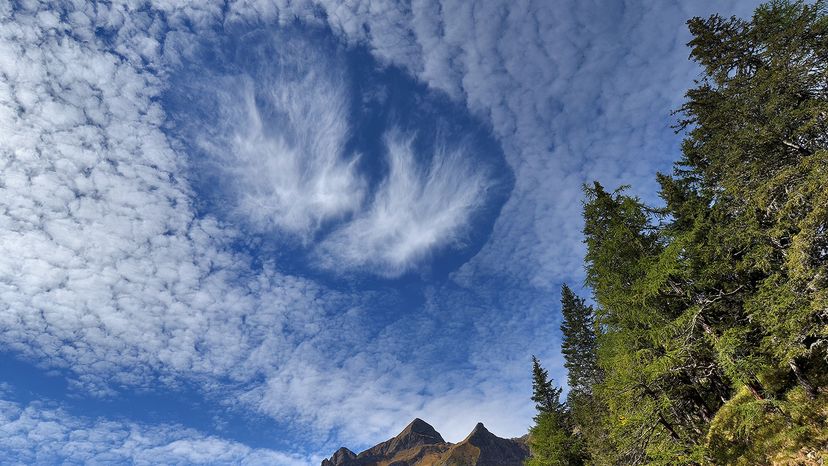
When you look up at a still sky and see a giant hole with tornado-like whisps of precipitation in the middle of an otherwise flat and endless cloud layer, it's not out of the question to think something paranormal like UFOs or military experiments may be at play. UFO theorists are right to an extent: Hole-punch clouds, also called fallstreak clouds, are caused by flying objects, but those objects are easily identifiable: airplanes.
Hole-punch clouds occur within two types of common cloud layers: 1) cirrocumulus or 2) altocumulus clouds. Cirrocumulus clouds form row after row of small puffball clouds. Altocumulus clouds are similar, except think less puffy and more patchy. Both types of clouds are thin and cold enough at around 14 degrees Fahrenheit (minus 10 degrees C) to contain "super-cooled" water droplets — liquid water that's freezing, but not yet frozen. These droplets can remain liquid at cooler temperatures because they have fewer impurities like dirt or bacteria. (You can learn more about the related process of nucleation in our article Super Cool Science: How to Make Instant Ice at Home.)
Advertisement
When the droplets freeze into heavier ice crystals they sink and leave holes in the cloud cover, and that's when we see mysterious holes with sinking centers of feathery precipitation. If the temperature, cloud thickness and wind direction are right, all these super-cooled water droplets need is an airplane and a bit of physics to go from liquid to ice and thus create hole-punch clouds.
When a plane is ascending or descending through a layer of altocumulus clouds, it can change the physical properties of cloud particles. It's the rearward force of the aircraft wings and propellers cutting through super-cooled water droplets that causes the necessary disturbance to cool the already super-cooled water droplets further (by around 36 degrees F or 20 degrees C). They freeze into heavier ice crystals and sink to Earth as snow or rain about 45 minutes later. For a short time, witnesses to this natural event see an unlikely circular or elliptical clearing in the clouds. As the air returns to its regular pressure and temperature, the hole-punch cloud disappears, leaving little evidence of its existence except photos and a few entertaining conspiracy theories.
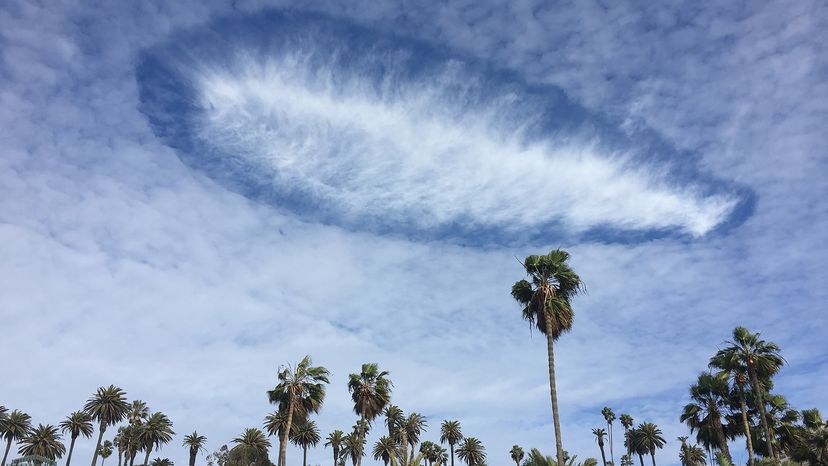
Advertisement
